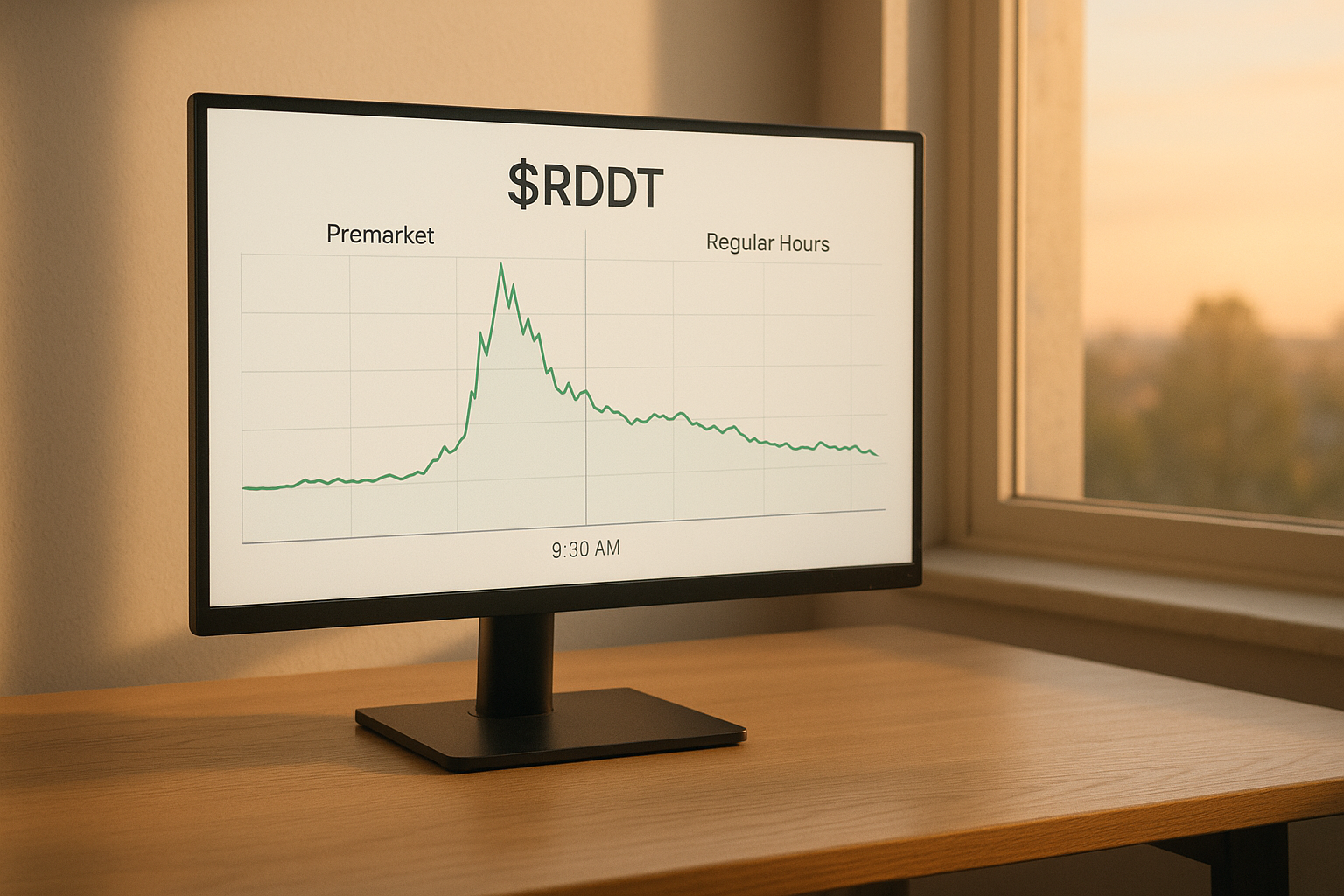The International Organization for Economic Cooperation and Development (IOECD) released its quarterly economic outlook yesterday, and the picture it paints is... complicated. Global growth projections have been revised downward to 3.1% for 2025 – a 0.3 percentage point reduction from their March forecast.
What's behind the downgrade? The report points to persistent inflation in service sectors, ongoing supply chain disruptions (especially in semiconductor manufacturing), and the lagged effects of higher interest rates working their way through various economies.
"We're seeing a multi-speed global economy," explains Dr. Sarah Lee from the Global Economic Forum. "Some regions are showing remarkable resilience, while others are struggling to maintain momentum. This divergence makes coordinated policy responses particularly challenging."
The IOECD data reveals some interesting regional variations. Southeast Asian economies continue to outperform, with growth projections holding steady at 4.7%. Meanwhile, Europe has seen the largest downward revisions, with growth now expected to reach just 1.3% this year – hardly inspiring stuff.
For investors and businesses trying to make sense of these cross-currents, the IOECD report offers some guidance. It suggests that inflation pressures are finally easing in most advanced economies (though more slowly than central banks had hoped), which could open the door to interest rate cuts later this year.
I was particularly struck by the report's emphasis on productivity challenges. Despite all the hype around AI and automation, productivity growth remains stubbornly low across most developed economies. The IOECD economists suggest this paradox – cutting-edge technology seemingly not translating to economic efficiency – deserves more attention from policymakers.
The report also highlights growing fiscal pressures. Government debt-to-GDP ratios have continued climbing in most major economies, limiting the room for fiscal stimulus if growth slows further. This constraint is especially concerning given that monetary policy is still relatively tight in historical terms.
For ordinary people, the IOECD's analysis suggests a period of adjustment ahead – not a crisis, but not smooth sailing either. Wages are finally growing faster than inflation in most countries (good news!), but job creation is expected to slow in the coming quarters (not so good).
The organization's recommendations include targeted investments in skills development, removing barriers to labor mobility, and accelerating the green transition – though these structural reforms would take time to yield economic benefits. In the meantime, we're all navigating this uncertain terrain together.




